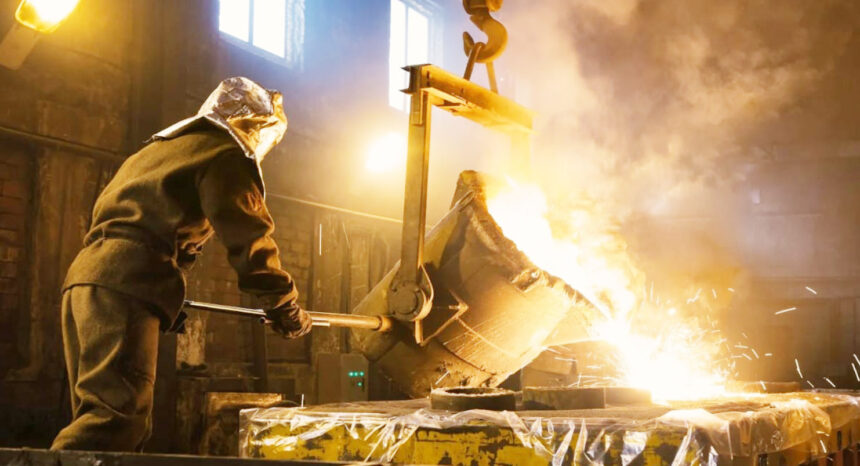The global copper market is increasingly facing more and more challenges that are resulting in increased smelting capacity in major copper-producing regions, which ultimately translates into substantial overcapacity. This phenomenon, exacerbated by the negative impacts of United States tariffs on demand, outweighs supply growth and has led to a shortage of copper concentrate, placing pressure on smelters around the world, including the Sinomine in Tsumeb.
The pressure on the copper industry is having a detrimental effect on spot treatment and refining charges (TCRCs) which have notably declined, impacting the operational sustainability of smelter operations.
As such, the Sinomine Smelter has embarked on a voluntary separation application process for its employees. This is as the company strives to ensure sustainability and competitiveness, by targeting an overall cost reduction of 305 to 40%. Local media reported this could see as many as 650 workers being retrenched.
“Our priority is to engage openly with our employees and stakeholders throughout this process. We remain fully committed to transparent communication, adherence to Namibian laws, and compliance with the conditions set by the Namibian Competition Commission,” stated the chief executive officer of the Sinomine Smelter, Loggan Lou.
Last week, Lou launched a series of stakeholder engagement sessions with employees, government officials, and service providers to discuss the company’s strategic vision and upcoming developments.
“In response to these market conditions, Sinomine Tsumeb Smelter will temporarily pause copper smelting operations and place the plant under care and maintenance until the market improves,” Lou announced. “During this period, we will redirect our focus to key strategic projects that position us for long-term success.”
Reflecting on the company’s recent journey, Lou noted, “Since Sinomine Resource Group acquired the Tsumeb Smelter in September 2024, we have identified valuable critical minerals on site.” He stressed the importance of collective reflection and alignment on the smelter’s future direction, in line with Sinomine’s vision to become a world-class resource-based mining company dedicated to new energy and emerging industries.
To support this vision, Sinomine stated it is committed to upgrading the smelter with new technologies to enable the commercial production of multiple metals and minerals. The company’s strategic projects during this period include multi-metals recycling, alkali-metal salts production as well as sulphur-burning operations.
“These areas represent the future of our business and are essential to ensure long-term viability,” Lou stated.
Meanwhile, the Sinomine Smelter stated it has made significant progress on its Multi-Metals Recycling Project, having recently secured the Environmental Clearance Certificate. Construction is now scheduled to proceed in three phases, with the first phase expected to commence soon and production is targeted to begin towards the end of 2025.
Lou encouraged employees to stay focused and support one another during this period of transition, emphasising that safety and well-being remain top priorities. “This is not an easy time,” he said. “That’s why we are approaching this change with care and responsibility, ensuring wellness support is available for our employees.”
According to the Copper Study Group (ICSG), the global copper market is expected to see a significant surplus over the next two years as the negative impacts of US tariffs on demand outweigh supply growth.
The ICSG, which recently concluded its biannual meeting with key industry players, forecasts global copper surplus to reach 289 000 tonnes in 2025, more than double the 138 000 tonnes from last year. This forecast also represents a larger surplus than its earlier projection of 194 000 tonnes.
In 2026, the surplus is expected to remain high at 209 000 tonnes, extending the surplus for a third straight year after a largely balanced market in 2023. The widening surplus over the 2025 to 26 period, according to ICSG, can be largely attributed to higher mine supply and rising smelting capacity.
For 2025, the group expects global mine production to increase by 2.3% to 23.5 million tonnes, benefiting mainly from the ramp-up of mines in the Democratic Republic of Congo, Mongolia and Russia.
In 2026, higher growth of 2.5% for the global copper market is anticipated, supported by the continued ramp-up of new and expanded capacity, including in China, as well as an expected improvement in Chilean and Zambian output coupled with a recovery in Indonesia from expected declines in 2025.


